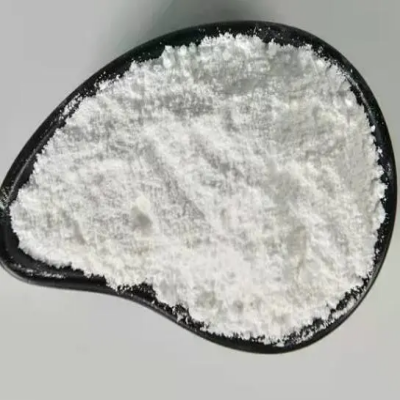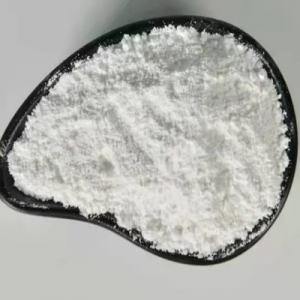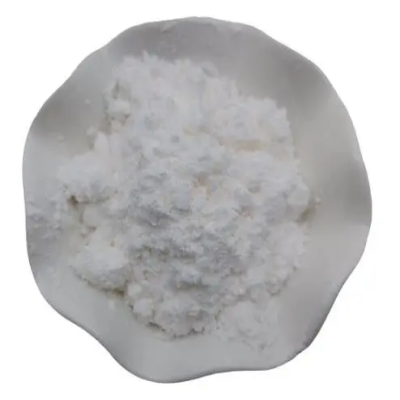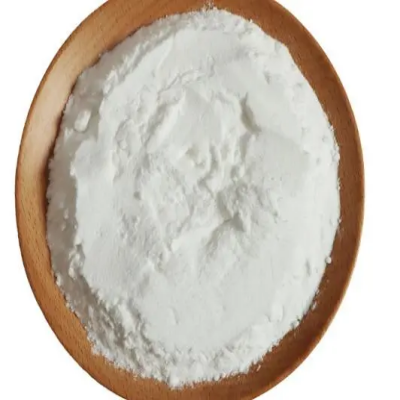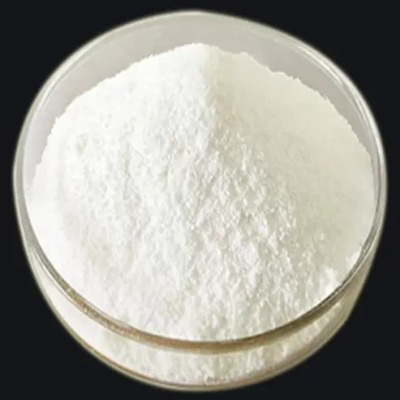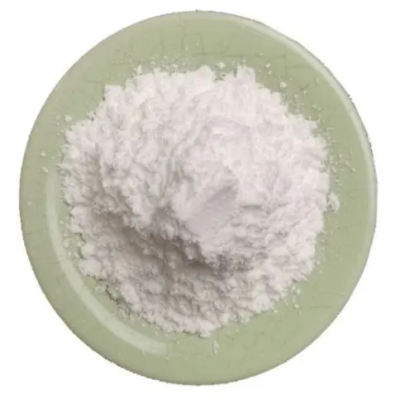Sodium iodoacetate CAS:305-53-3
The English use of sodium iodoacetate primarily revolves around its role as a chemical reagent in various applications. One of its main uses is as an alkylating agent in organic synthesis. It reacts with sulfhydryl groups, such as those found in proteins and enzymes, to form covalent bonds. This property makes it valuable in modifying biomolecules, studying their structure-function relationships, and developing new pharmaceuticals. Furthermore, sodium iodoacetate finds use as an inhibitor of glycolysis, the metabolic pathway that converts glucose into energy. By inhibiting specific enzymes involved in glycolysis, sodium iodoacetate can regulate cellular metabolism and energy production. It is particularly useful in research related to cancer metabolism and the development of anticancer drugs targeting glycolytic pathways. Moreover, sodium iodoacetate is utilized in biochemical and biophysical studies to investigate protein structure and function. It can be used to selectively modify cysteine residues in proteins, allowing for the analysis of their roles in various biological processes. Additionally, sodium iodoacetate is employed in the preparation of enzyme substrates and assay reagents for biochemical assays. Additionally, sodium iodoacetate has applications in the field of neuroscience. It is used as a tool for studying synaptic transmission and neuronal activity by modulating the function of ion channels and receptors. Overall, sodium iodoacetate's significance lies in its diverse applications as an alkylating agent, glycolysis inhibitor, and tool for studying protein structure and function. Its ability to modify biomolecules, regulate metabolic pathways, and facilitate research in multiple scientific disciplines makes it valuable in various industrial, academic, and medical settings.






| Composition | C2H2IO2Na |
| Assay | 99% |
| Appearance | white powder |
| CAS No. | 305-53-3 |
| Packing | Small and bulk |
| Shelf Life | 2 years |
| Storage | Store in cool and dry area |
| Certification | ISO. |


